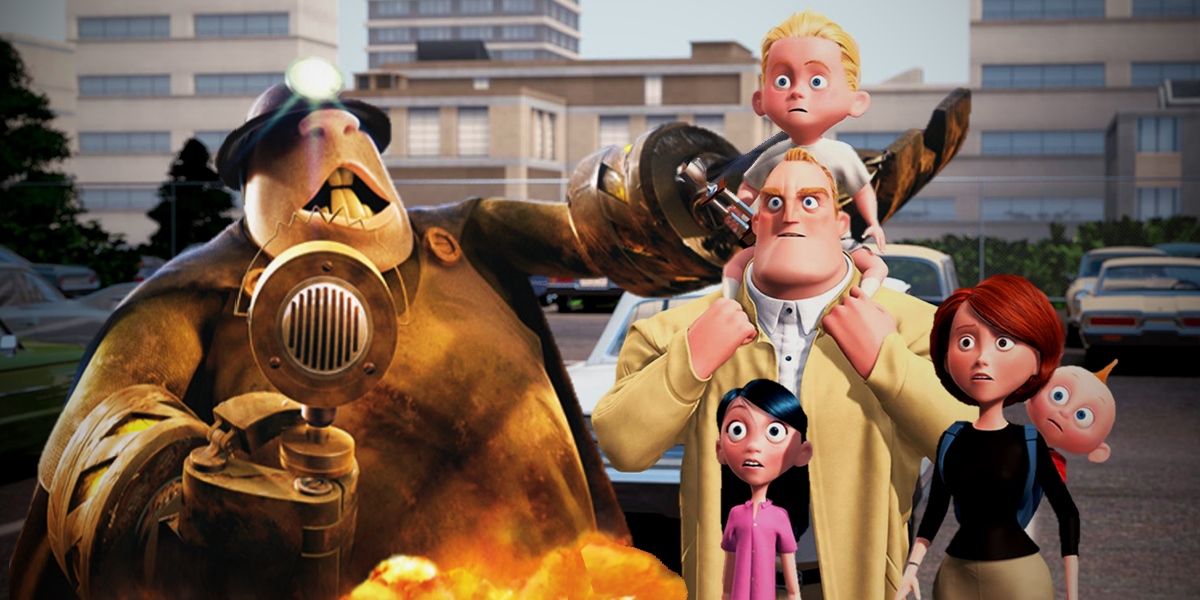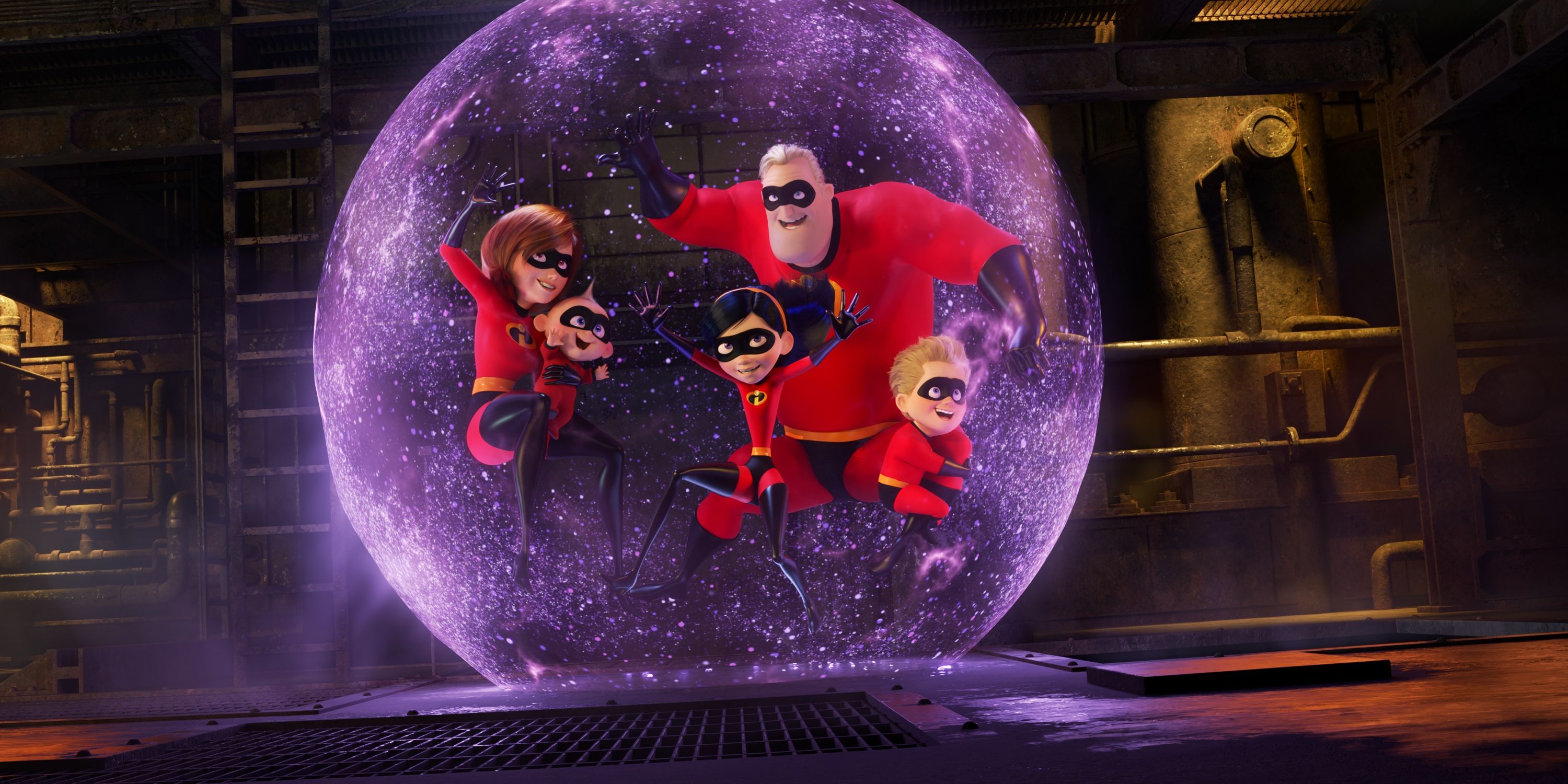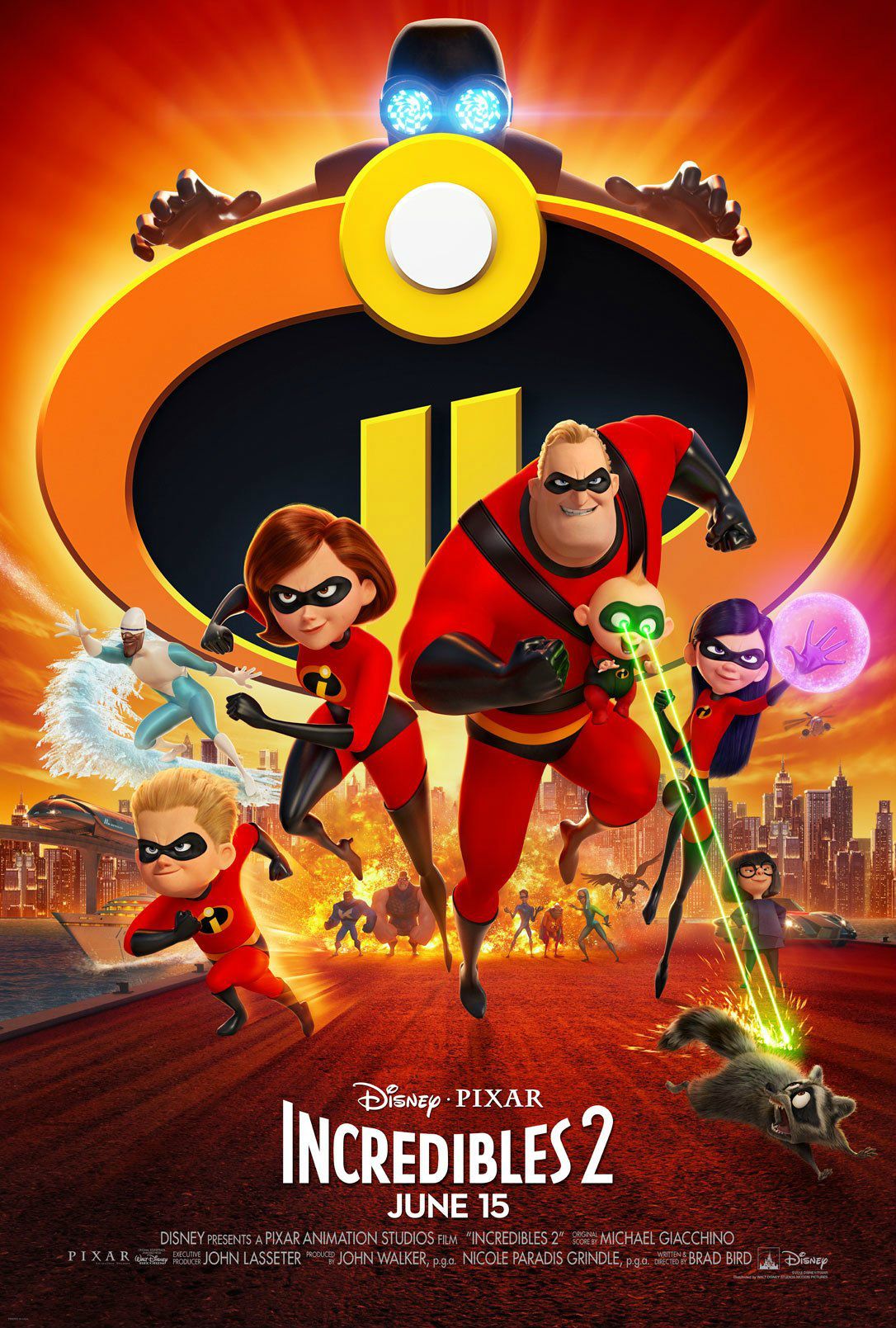Incredibles 2 director Brad Bird explains why he opted to not implement a time jump between Pixar's two superhero movies. Though a long 14 years have passed since audiences last saw the Parr family on the big screen, the highly-anticipated sequel picks up right from where its predecessor left off. In the opening set piece, the Incredibles do battle against the villainous Underminer before dealing with the very real consequences of that choice. After all, this is a world where supers are still illegal.
The ending of the original Incredibles may not have initially been conceived as the springboard for another movie, but it's actually the perfect lead-in for the followup's narrative. While it may have been fun to see older versions of the characters (including grown-up versions of the kids), Bird knew early on in development he wanted to keep the narrative in the same era as the first installment.
Related: The Incredibles 2 Isn't A Cash Grab Sequel
Screen Rant had the opportunity to visit Pixar Animation Studios for an Incredibles 2 press day earlier this month, and during a press conference, Bird was asked about the choice to place the two films very close together in the timeline. He admitted he briefly considered aging everyone up, but felt that would make the Incredibles brand lose some of its core idea, in which each character represents a different aspect of a family:
Men are always expected to be strong, so I had Bob have super strength. Mothers are always pulled in a million different directions, so I had her be elastic. Teenagers are insecure and defensive, so I had Violet have force fields and invisibility. Ten-year olds are energy balls that can’t be stopped. And babies are unknowns. Maybe they have no powers, maybe they have all powers - we don’t know. That’s what Jack Jack was; he was seemingly the most normal one in the family and then at the end of Incredibles, you find out he’s a wild card and he’s sort of the Swiss army knife of powers. And that reminds me of the way babies can grasp language really easily and adapt them easily. That idea changes if you age the characters up, and the insight into those periods of your life and those particular perspectives disappear once you age them up. I’m not interested in a college aged Jack Jack, I’m just not.
Besides keeping the character dynamics the same, the decision to not have a time jump reads as a very natural continuation of one of the few dangling threads leftover from The Incredibles. There was never a scene in the original movie where the law banning superheroes was repealed, and now the sequel can address that issue head-on. As stated above, the Parrs consciously decided to fight the Underminer, so it makes sense to see the fallout of the incident be a key component of Incredibles 2. The primary plot involves Elastigirl being recruited to be at the forefront of an initiative that will hopefully make supers legal again, placing much importance on her mission. Bird very easily could have changed the law in some expository text in a sequel that takes place years later, but seeing the effort that went into change the public's perception of supers has the potential to be a very interesting narrative - one that's rarely seen in the genre.
Many viewers will also be in agreement with Bird's opinion that a college aged Jack Jack isn't all that appealing. Part of the humor in Incredibles 2 stems from the subplot of Mr. Incredible being a stay-at-home dad, dealing with all the responsibilities of watching over three kids from three different age groups. As we know from the first film and trailers for the sequel, Jack Jack is no ordinary toddler - and babies are typically a handful under normal circumstances. All in all, Incredibles 2 should be a great time at the movies this summer.



